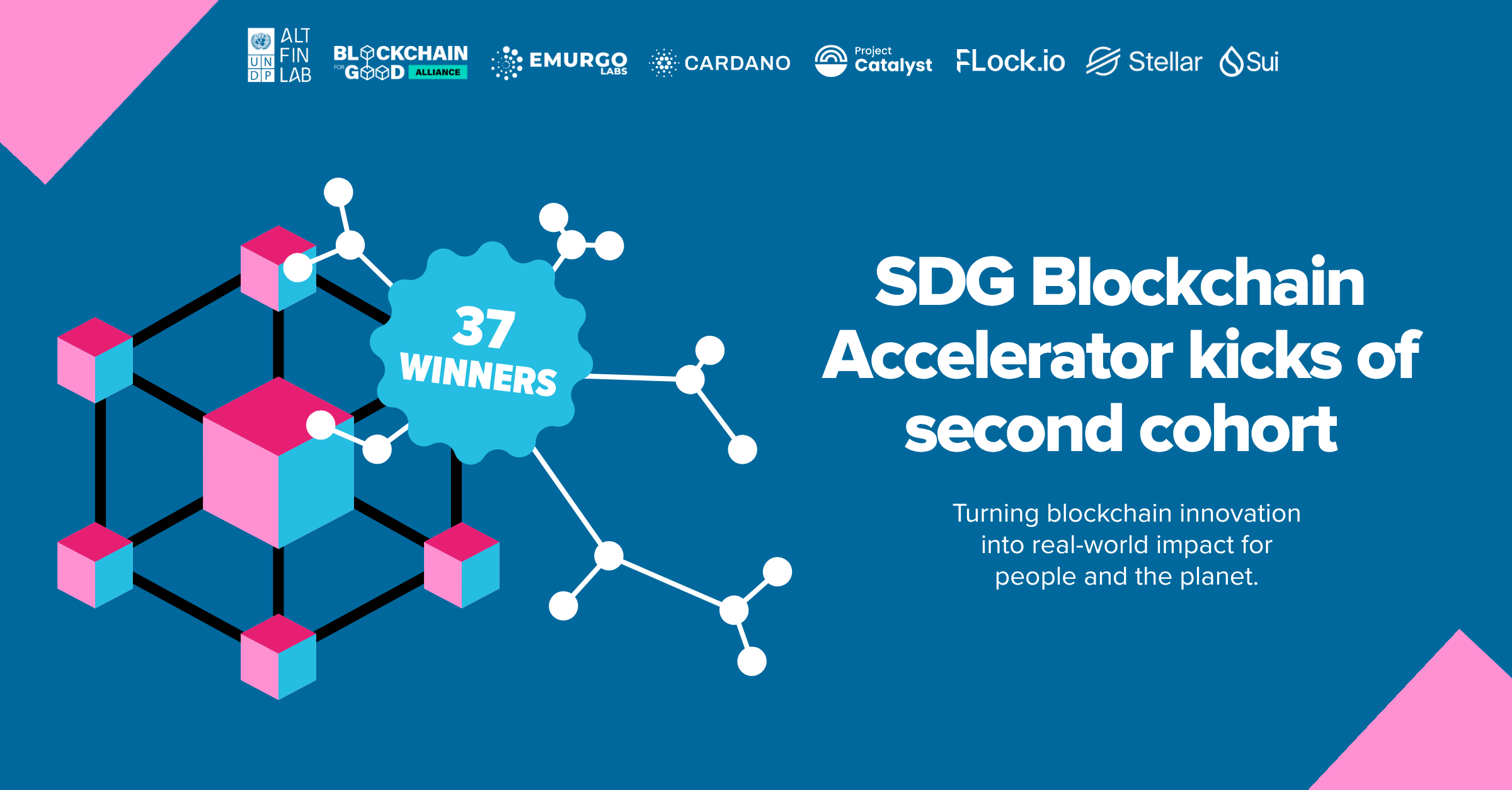
37 Teams Selected to Join Cohort 2 of the SDG Blockchain Accelerator
The SDG Blockchain Accelerator has concluded its 2025 virtual global hackathon sprint with 37 winning teams selected to join Cohort 2. Over the next four […]
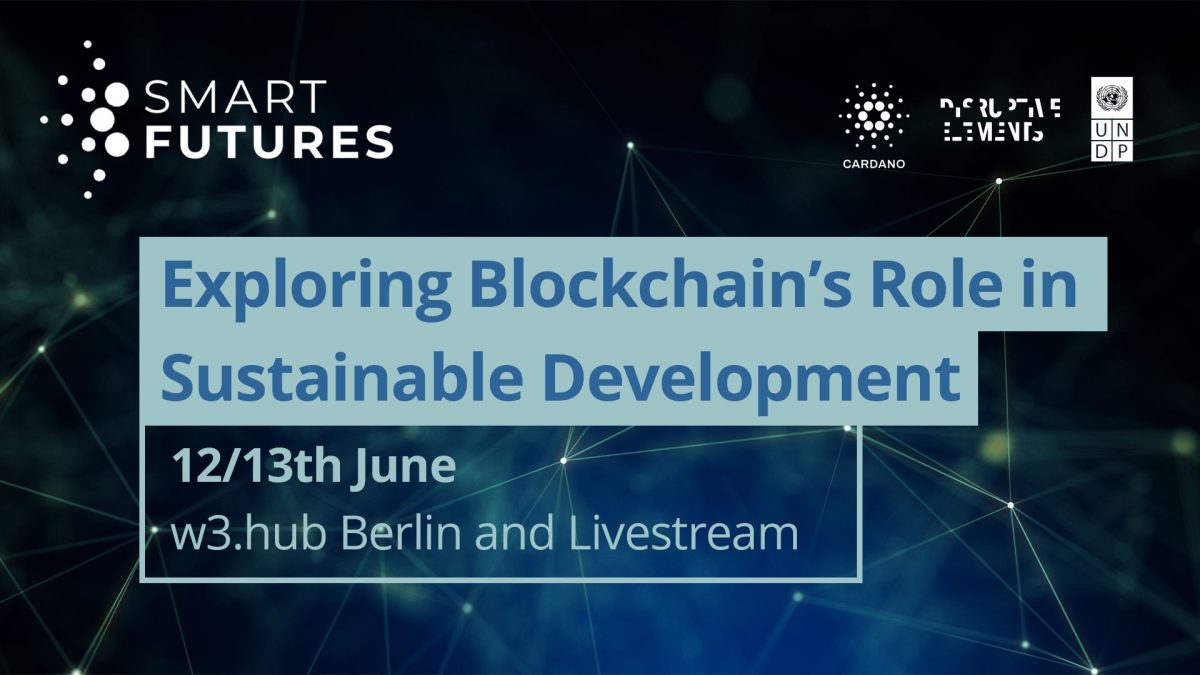
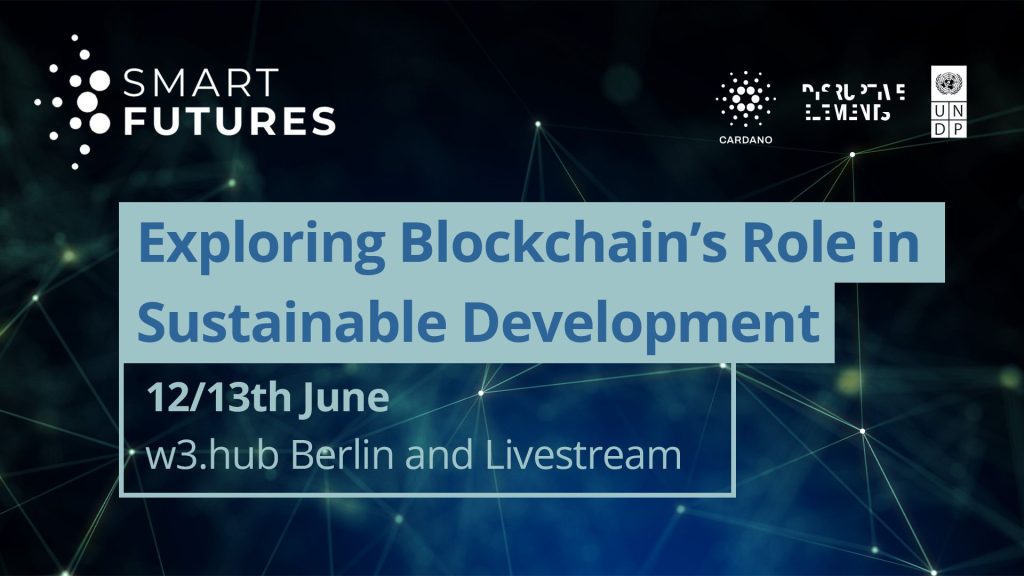
In Berlin, on 12-13 June 2025, the Smart Futures event convened a global community of innovators, policymakers and technologists to explore how frontier technologies – particularly blockchain and artificial intelligence – can accelerate progress toward the Sustainable Development Goals (SDGs). Co-organized by Disruptive Elements in collaboration with UNDP and its innovation and urban transformation programmes, such as BOOST and City Experiment Fund, and supported by the Cardano Foundation, the event served as a platform for innovative dialogue and action-oriented problem-solving across domains such as smart cities, circular economy, CO₂ track and trace, industry 4.0/5.0 and digital public infrastructure.
“A digital health passport, a digital vaccine record – it’s something we in the global health space have been struggling with for years. Could blockchain help? Absolutely. In areas like procurement and data management, where accuracy, efficiency, and trust are critical, this technology could help strengthen the foundations of our health systems,” said Marina Smelyanskaya, Team Leader, HIV, Health and Development, UNDP Europe and Central Asia.
The importance of collective innovation in building equitable, tech-enabled futures was emphasised throughout Smart Futures, from keynotes and interactive panels to participatory think tank sessions.
The event opened with strategic reflections on how emerging technologies can be harnessed for the public good, setting the stage for deeper engagement. These insights were then translated into action through hands-on sessions that explored practical applications across key areas such as Public-Private sector partnerships and the need for coordination in decentralized ecosystems.
“By the very nature of decentralised ecosystems, [the process of decision making] tends to spread far and wide, paying attention to detail, but very slowly. A minimum level of centralization around the allocation of technical and financial resources towards key verticals is valuable for decentralized ecosystems like Cardano to accelerate adoption. This is why we talk about a coordination layer for sustainability on Cardano. We’ve proven the concept with UN-affiliated proposals receiving a substantial percentage of funds disbursed out of Cardano’s annual treasury allocation in 2024. Now it’s time to scale this innovative Private Public Partnership!” noted Alexandre Maaza, Sustainability and Innovation Lead, Cardano Foundation.
Moreover, sessions dug into how blockchain-enabled traceability can make industrial emissions visible and accountable. Participants discussed how digital warehousing and blockchain can also support the green steel industry by providing transparent, mass-balanced emissions tracking.
“The concept of mass balancing, done in a trustworthy and transparent way, would be a solution. We can save the emissions in something like a digital warehouse and just give the savings to the customers who are willing to transform or to pay for them, ” said Steffen Bittner, Stahlo.
Other sessions focused on blockchain-backed skill credentials to promote inclusive, portable learning. These interactive breakouts explored the co-design of pilot initiatives and the role of Web3 in incentivising sustainable behaviours – from earning verifiable credentials for completing tasks to tokenized rewards for community contributions via platforms like Andamio, and blockchain‑verified plastic recovery through Plastiks’ digital plastic‑credit certificates that encourage responsible recycling efforts.
“What incentivizes real-world change is real-world impact. People need to benefit from the use cases first. Then you tell them, ‘Did you know what you’re using is actually built on blockchain?’ That’s the Eureka moment. Blockchain is a tool. Use it if it serves your goal. Positive change is possible through Web3; we just need the right approach, mindset and education,” said Glenn Tan, Director of Global Affairs, Blockchain for Good Alliance.
A shared purpose and a spirit of openness guided the conversations throughout the event, underscoring what can be achieved when diverse perspectives come together to address global challenges. Rather than being framed as a technological opportunity, the convergence of blockchain and AI was presented as a pathway to greater transparency, inclusion and sustainability.
As discussions unfolded, one message echoed throughout: meaningful innovation in blockchain and AI does not happen in isolation. It thrives when blockchain protocols, private sector leaders, UN agencies, governments, policymakers and communities come together to overcome shared challenges. Collaboration, not competition, is the engine of progress. As the demand for interoperability, ethical standards and inclusive design increases, the importance of multi-stakeholder partnerships becomes ever clearer. When technical innovation meets global cooperation, we can invent scalable, transparent solutions that advance sustainable development and serve the public good.
“We have a saying in Turkish: when you put your head on the pillow, do you feel good about yourself? I think we all can, if we come together. […] As UN agencies, our role is to bring everyone—even competitors—to the same table and ask: what can we solve together? Without collaboration, this technology, like everything else, won’t survive,” noted Burcu Mavis, Blockchain Academy Lead, UNDP AltFinLab.
Beyond the panels and discussions, innovators such as Plastiks, PB Token, Green Mining DAO, Andamio, Huros, and others showcased a diverse range of impactful blockchain solutions, highlighting real-world use cases and the transformative potential of Web3 for sustainable development.
To name just a few, Plastiks is harnessing blockchain to bring transparency and accountability to the fight against plastic pollution, connecting businesses and recyclers to ensure verified plastic recovery for a circular economy. Meanwhile, Purpose Bound Token (PB Token) has introduced a new class of programmable digital tokens designed to ensure that funds are used solely for their intended purpose, unlocking new possibilities for transparent, accountable payments in areas like aid delivery, impact investing, and social finance.
But Smart Futures was more than just a showcase of emerging technology — it was a glimpse into what’s possible when innovation is grounded in purpose and driven by collaboration. As blockchain and AI continue to evolve, so must our collective commitment to ensuring these tools serve people and planet.
RELATED POSTS

The SDG Blockchain Accelerator has concluded its 2025 virtual global hackathon sprint with 37 winning teams selected to join Cohort 2. Over the next four […]
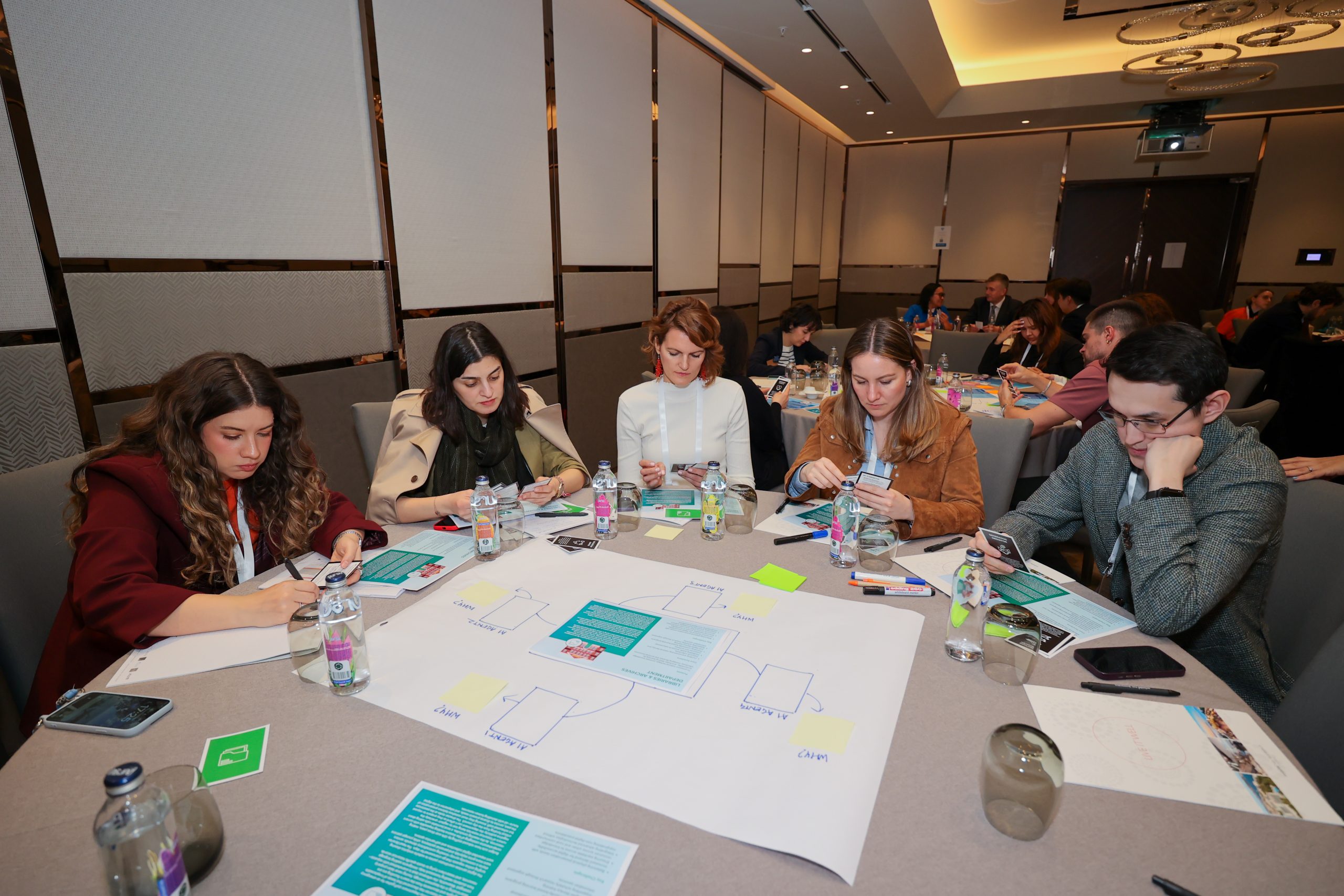
Following the Istanbul Innovation Days held in March 2025, we are releasing a series of articles capturing key insights, bold ideas and solutions that emerged […]
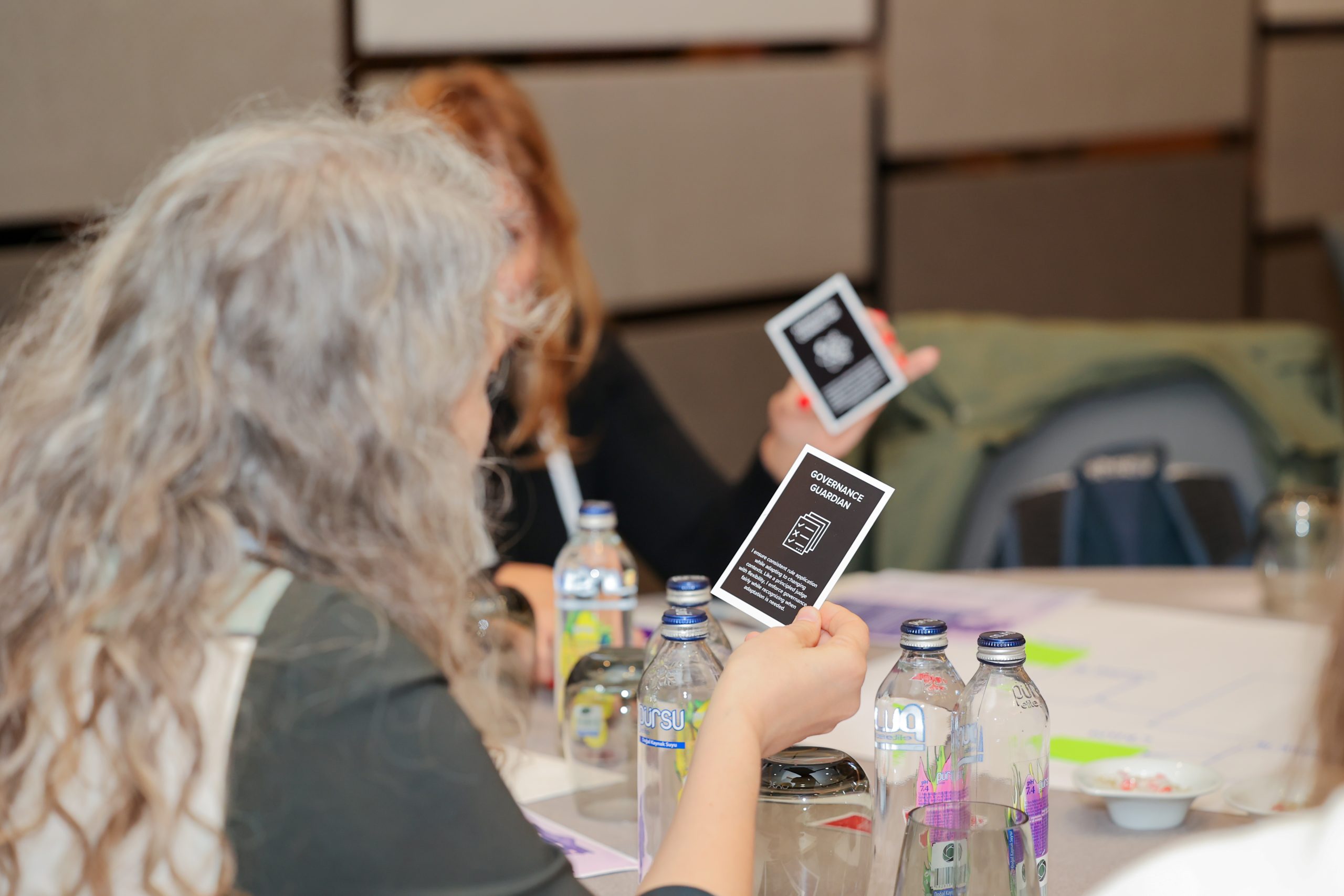
Following the Istanbul Innovation Days held in March 2025, we are releasing a series of articles capturing key insights, bold ideas and solutions that emerged […]